
University of California at Berkeley aims to become a Hispanic Serving Institution by 2027
The Director of Chicanx/Latinx Student Office at UCB comments on the efforts that have been made.
Passionate about what she does and a believer that education is a human right, Lupe Gallegos-Diaz has been the Director of Chicanx/Latinx Student Office at the University of California at Berkeley (UCB) for 25 years. Her commitment in this position is to help Latino students complete their dreams of an education.
As many of them are also people of color, Gallegos-Diaz works on making sure they have a good experience at UCB. When she can’t directly help the students, she makes efforts as an administrator to create the resources they need to accomplish their degree.
“My job is not only to get Chicanx and Latinx students into Berkeley, but to make sure they get through Berkeley,” she said.
Very involved in the community that intersects in the work she does with the students, Gallegos-Diaz has served in a variety of committees, always advising and advocating for the educational and economical rights of Chicanx/Latinx students. She is also currently the President of the Chicana Latina Foundation, which promotes professional and leadership development of Latinas.
Counting on Gallegos-Diaz’s expertise, UCB is committed to become a Hispanic Serving Institution (HSI) by 2027, aiming for 25% of Latino students. Now, they barely represent 20%, but Gallegos-Diaz is optimistic about the future. Located in a state with 40% of Latinos, according to the 2020 U.S. Census, Gallegos-Diaz believes the institution is moving in the right direction.
Because she has been working at UCB for so long, Gallegos-Diaz said she was able to see the changes on campus throughout the years. An important one was pre and post the 209 initiative — a state constitutional amendment, approved in 1996, banning discrimination or preferential treatment based on race, ethnicity and gender in public employment, education and contracting. Although the initiative sought to reduce discrimination, this was not the case. The numbers before were increasing for Latinos, around 18%; but when the 209 hit, those numbers were cut almost in half, around 10%.
A strong and conservative backlash wave of comments also came along with the initiative. Gallegos-Diaz said she got calls saying her office shouldn’t exist. In 2010, not only UCB but others universities in the San Francisco Bay Area received hate letters for working with Latinos, immigrants and undocumented people.
Her work over the years has been to increase that number of Latinos on campus, so prospective students feel they can apply and belong in the university. Alumni are also part of the equation as Gallegos-Diaz integrates them into her work. Besides networking, it helps students vision themselves and what they can accomplish.
“They [the students] need to see people like themselves,” she said.
Every five years, UCB, in partnership with the UCB Chicano Latino Alumni Association, holds a three day event called the Latinx Legacy Weekend, to celebrate and bring together alumni and students for networking. The event, happening in October this year, gathers more than a thousand alumni. In the years when it doesn’t happen, the Chicanx/Latinx Office does an event called Sharing Wisdom Across Generations (SWAG), which is a small conference with alumni panels in which students can engage. These kinds of initiatives make current students see what has been done and what they can achieve.
Besides the importance of connecting with alumni, sharing information is among the most important strategies when recruiting new students, and different languages can be a barrier when trying to communicate — with 60% to 70% of Mexican origin in California, many prospective students and their families have Spanish as their first language. To solve this problem, Familia orientations were created in Spanish to address the needs of this population.
RELATED CONTENT
“We want to help transition not only the students but also the family,” Gallegos-Diaz said. “When you work with a student whose unity is a family, you have to understand that it has a larger impact in the community.”
Aiming to rid UCB of all forms of racism and sexism, the institution now has the Office of Diversity, Equity, Inclusion and Belonging (DEIB) — which is fairly new, being created around 15 years ago. However, Gallegos-Diaz highlights other efforts that have been done for years for the same cause. Her office started in 1991, but she says it all goes back to the socio-political movements of the mid-20th century, which led to the foundation for Ethnic Studies.
“Over the years, all my colleagues [from African, Asian, Pacific and Native American Studies departments; Multicultural Center and Gender Equity Center] have come together to address issues under the Division of Equity and Inclusion [DEIB],” (Gallegos ) Diaz said.
Focusing on Gallegos-Diaz's target audience, a new Latino student center will open in September at the university, so students can create a community and share information. Mainly possible due to student activism and a Latina alumni donor, the new space will have music, food and resources, aiming to embrace as many people as they can.
“The space is so important because it talks about creating community and bringing together various identities across campus,” Gallegos-Diaz added.
For her, the next thing that needs to happen in this journey of increasing the number of Latinos on campus is priorities for funding; and having leadership at the top helps, especially with the new UCB Vice Chancellor to the Division of Equity and Inclusion who is Puerto Rican.
Funding for more intentional initiatives to attract Latino students are often related to the community, as Gallegos-Diaz highlights the importance of the first touch with the students' families. Orientations in Spanish, or other languages, as well as students seeing themselves represented in recruiters are things that matter when trying to make students feel welcomed.
Están en buenas manos is the message the recruiters want to pass along to parents who often have a hard time letting their sons and daughters move far away. By reaching out to the community, Gallegos-Diaz wants to create a relationship of trust, allowing students to thrive.


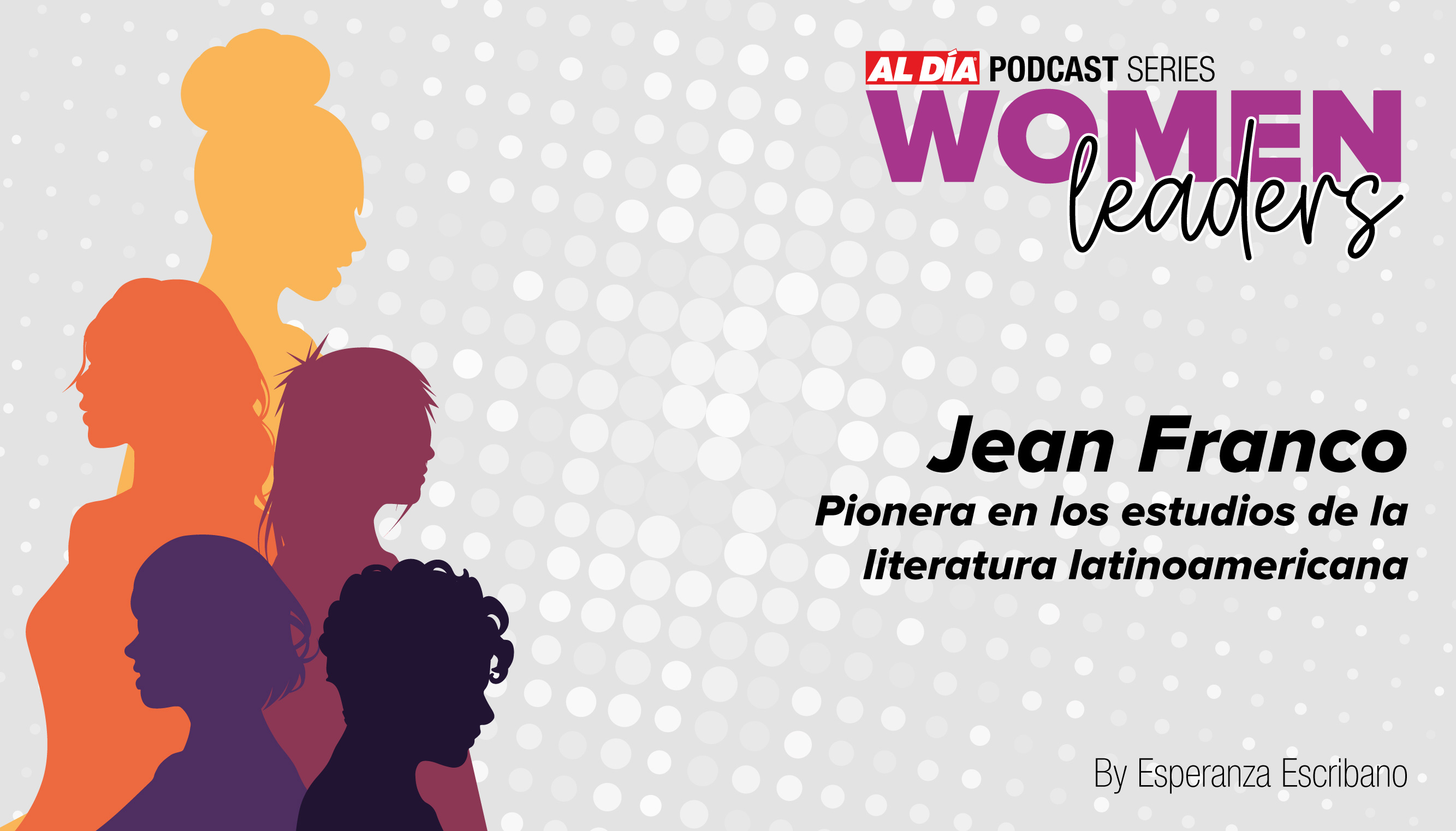
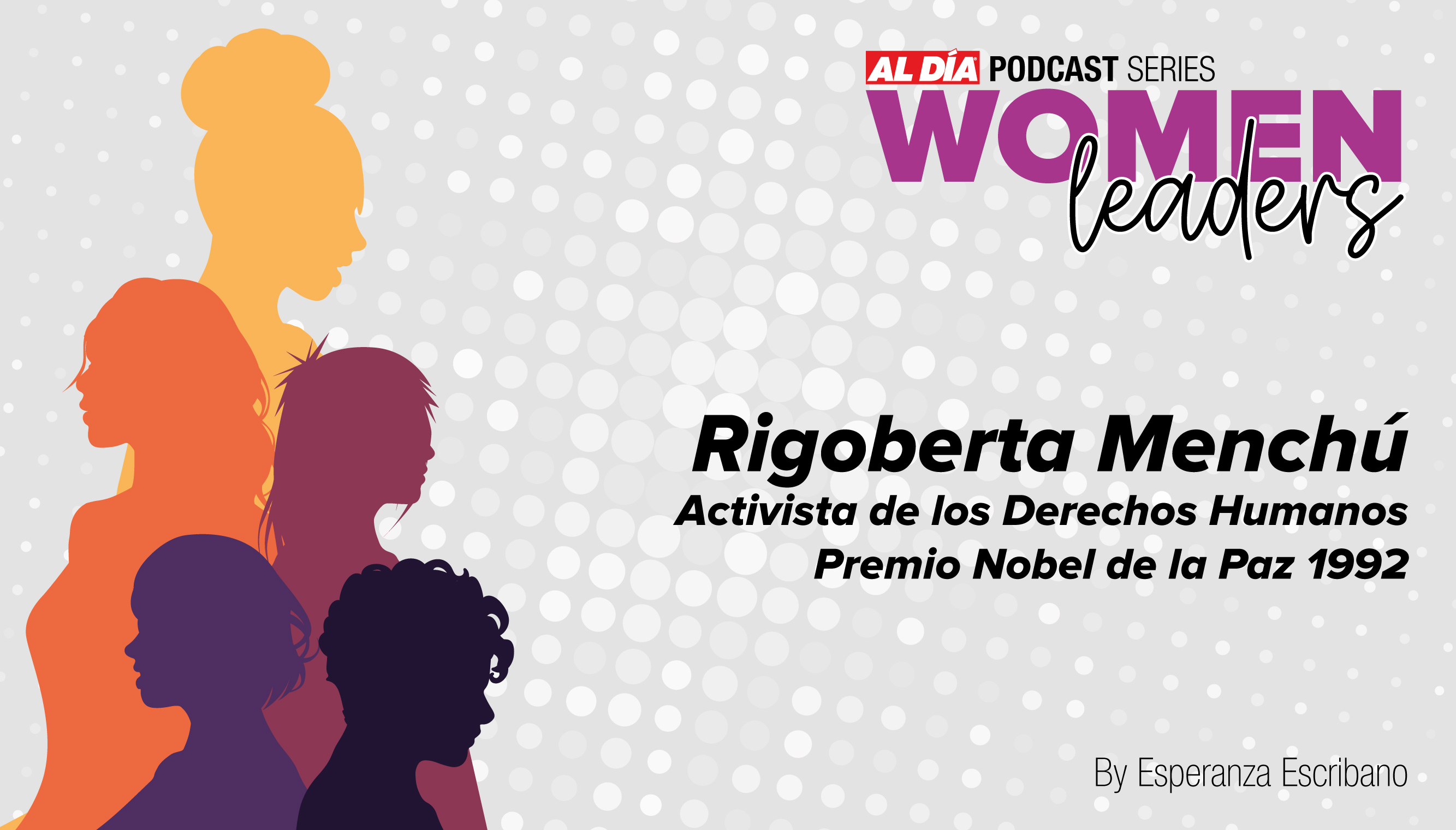
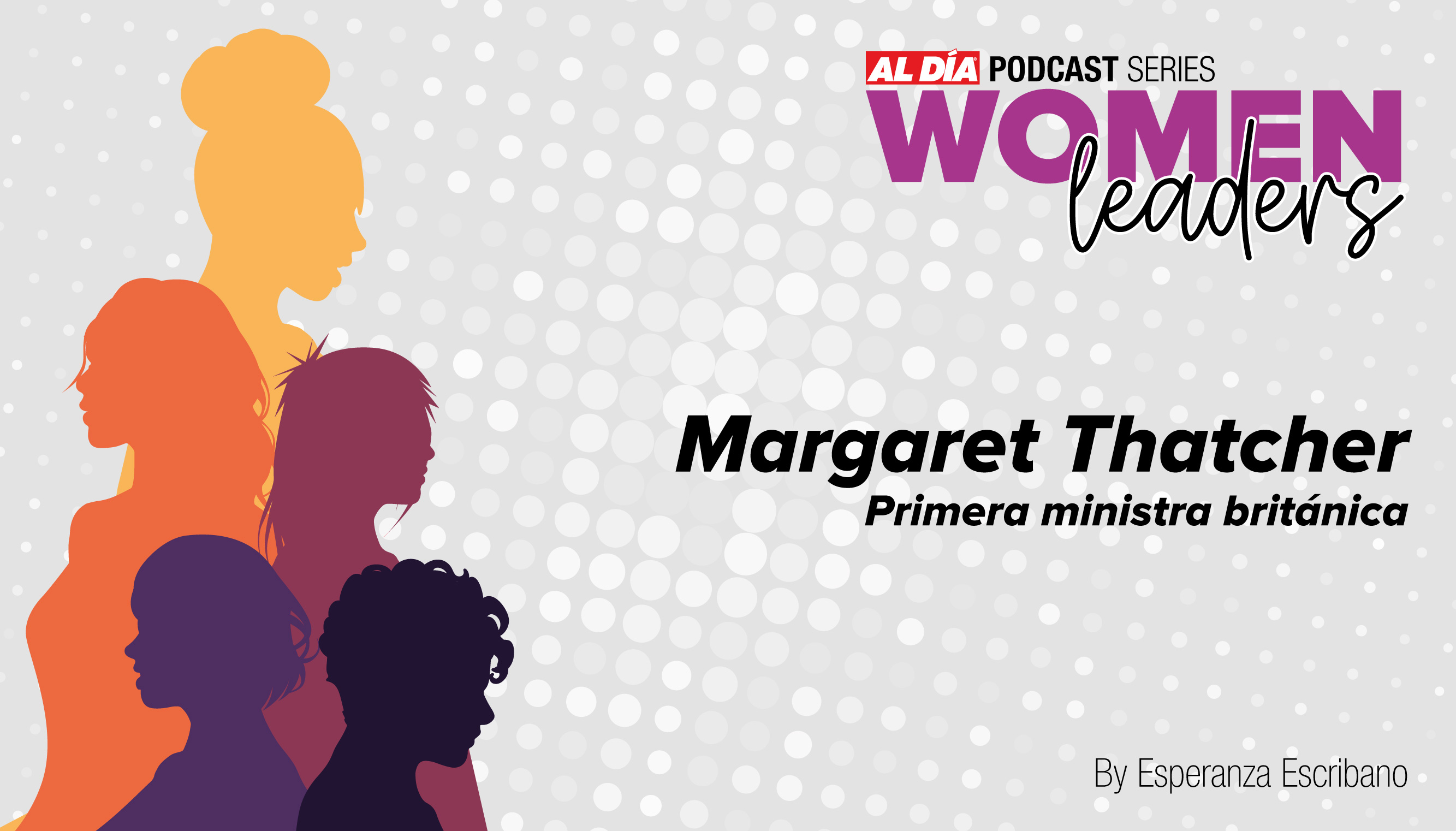
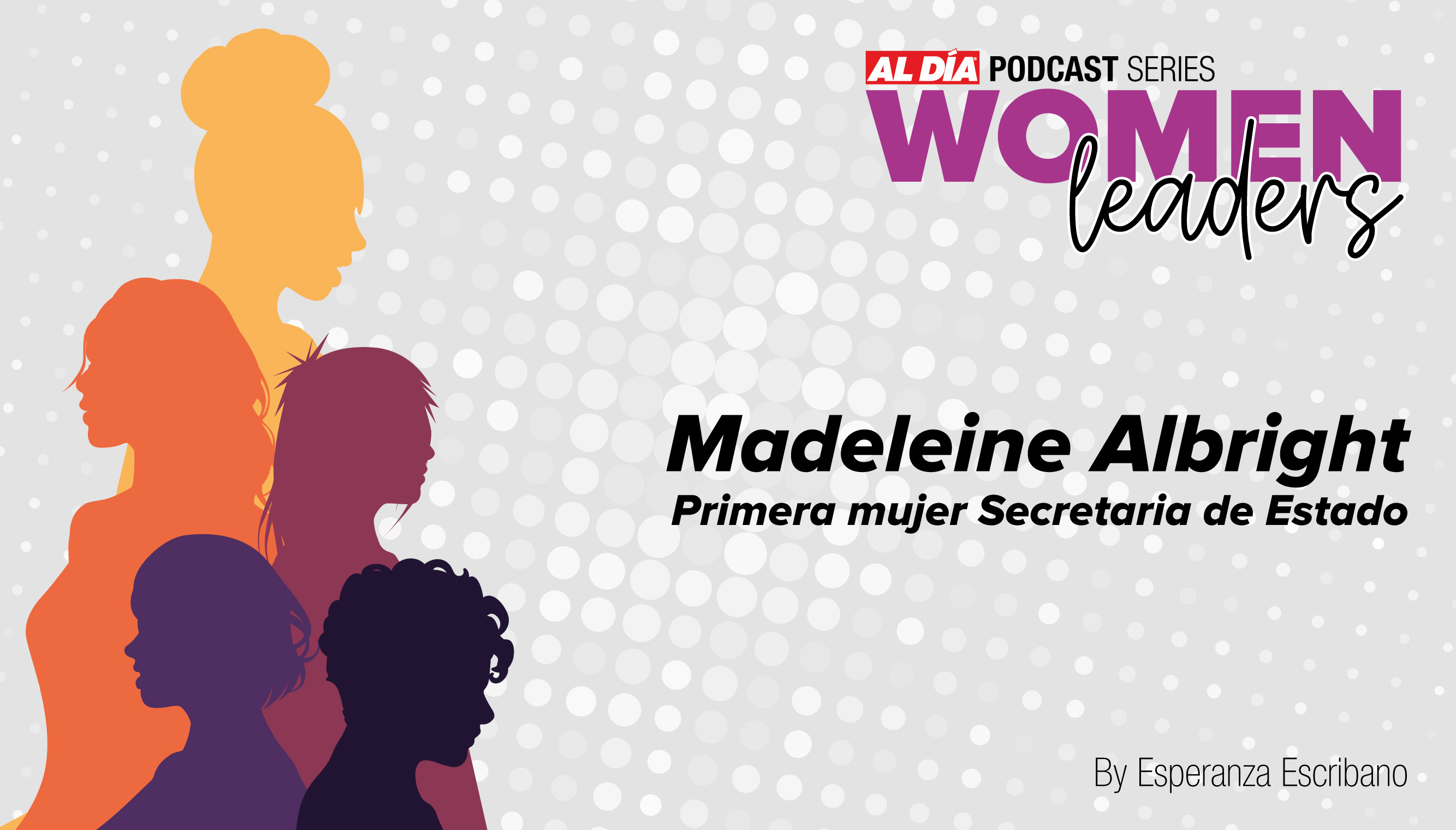
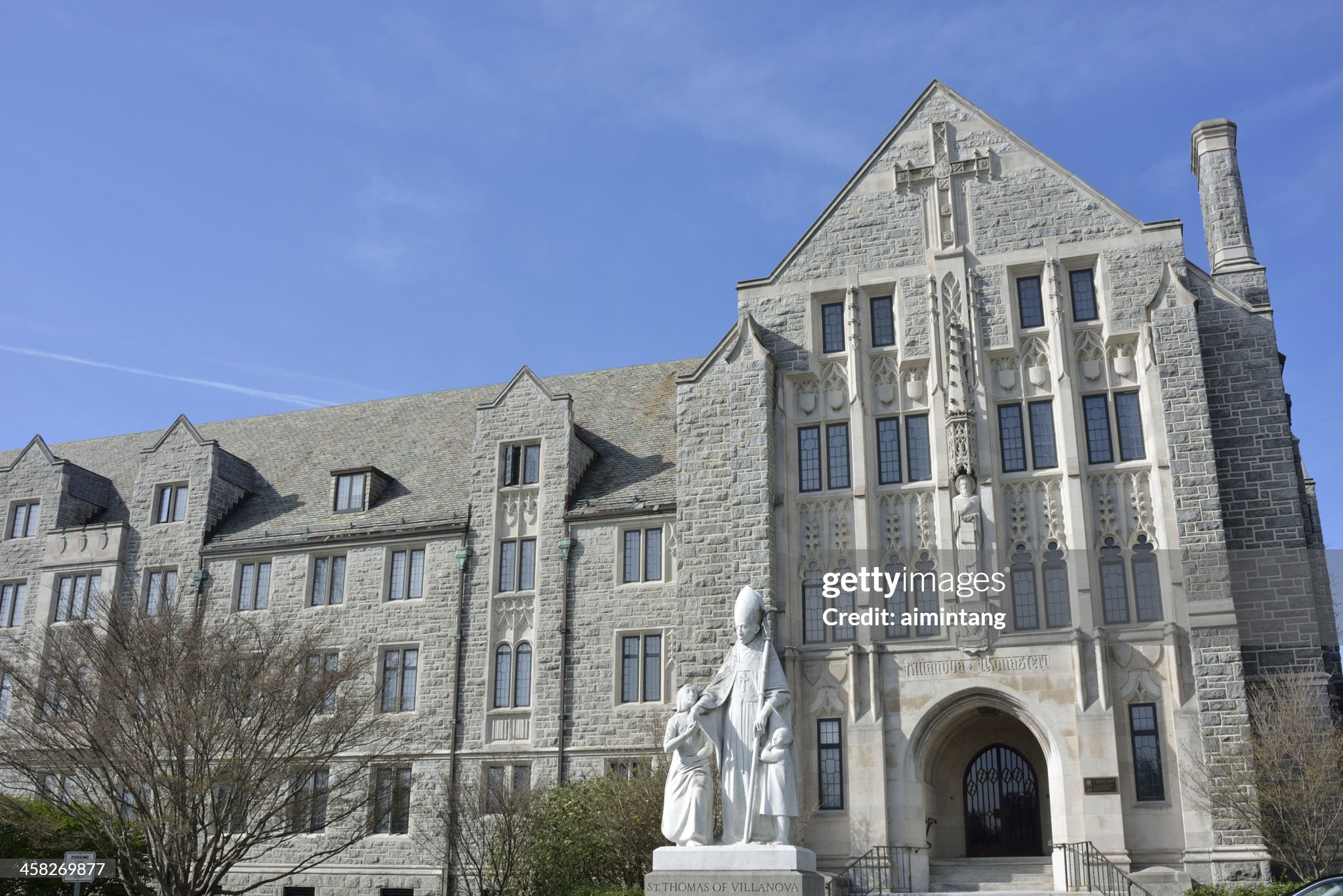
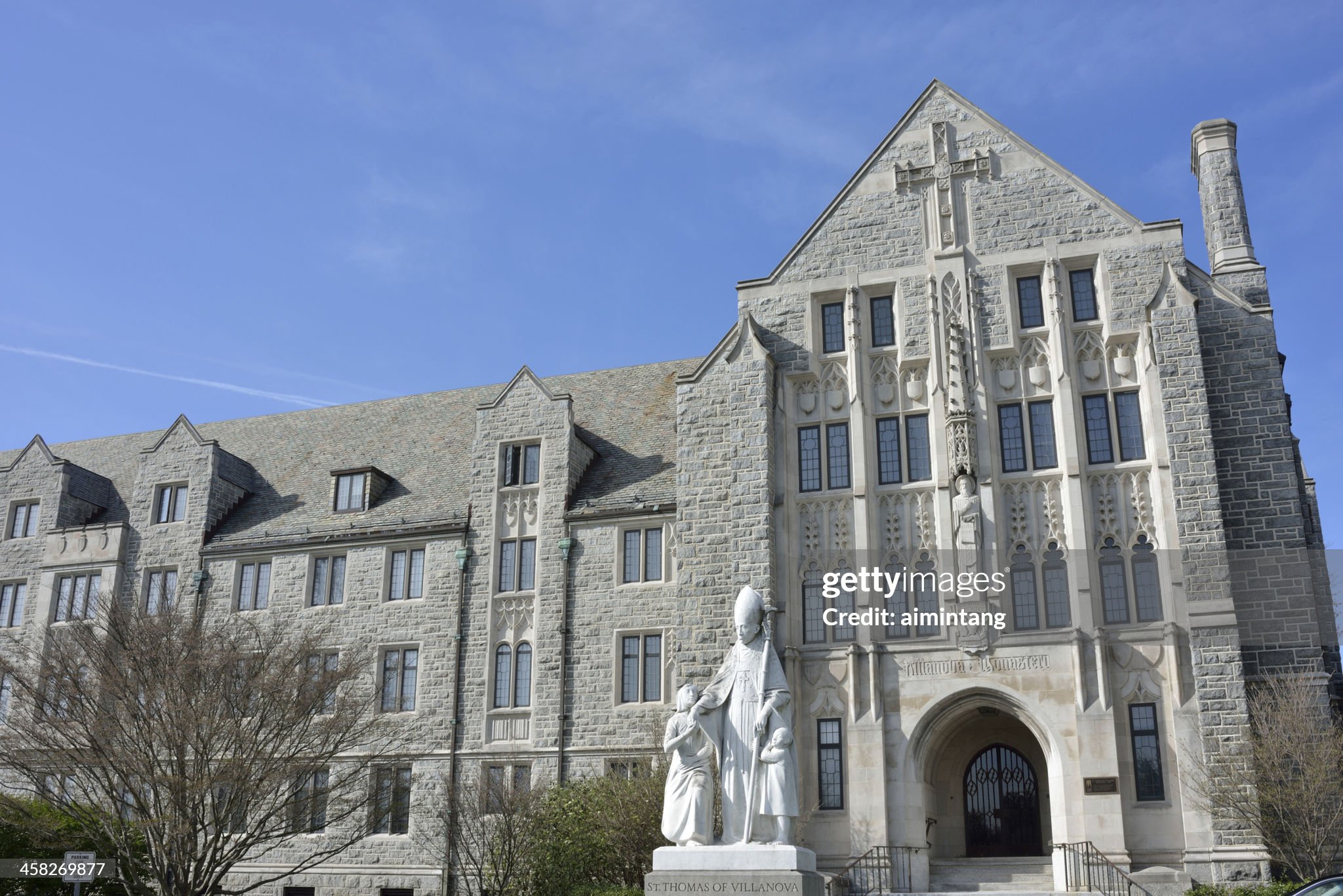
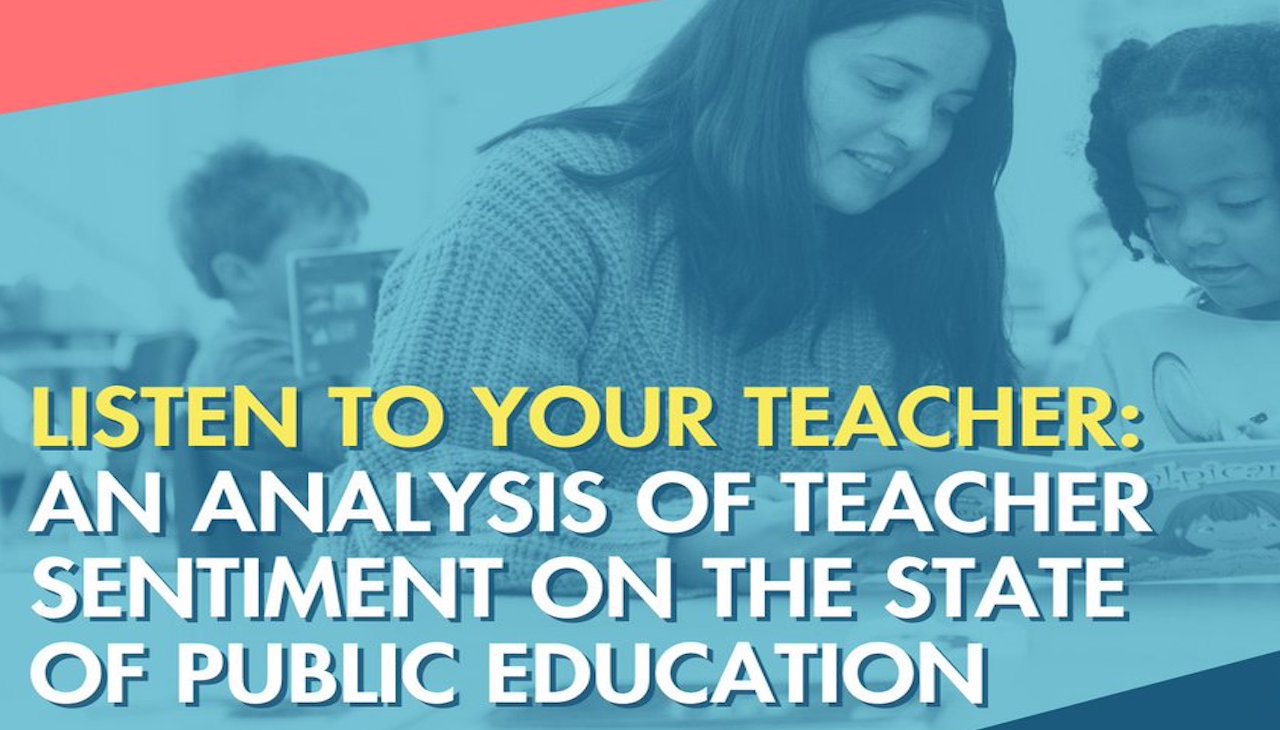
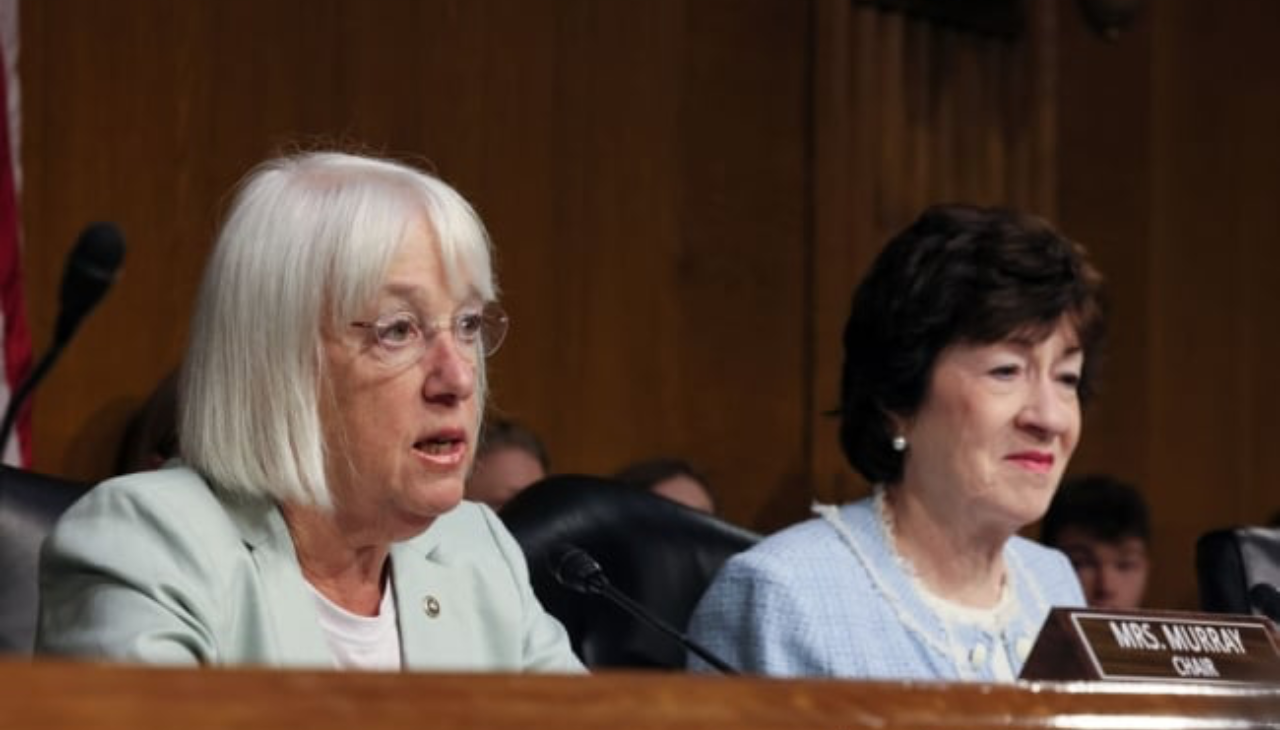
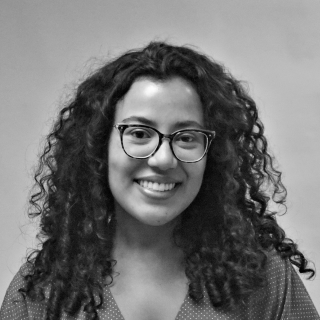
LEAVE A COMMENT:
Join the discussion! Leave a comment.